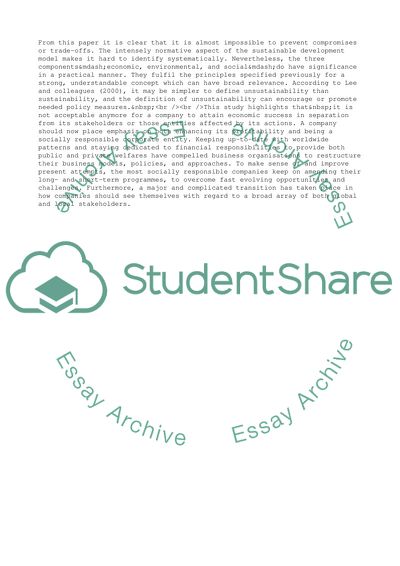Cite this document
(“Sustainable Business Development: Plastic Production, Use, and Essay - 1”, n.d.)
Sustainable Business Development: Plastic Production, Use, and Essay - 1. Retrieved from https://studentshare.org/business/1683212-sustainable-business-development
Sustainable Business Development: Plastic Production, Use, and Essay - 1. Retrieved from https://studentshare.org/business/1683212-sustainable-business-development
(Sustainable Business Development: Plastic Production, Use, and Essay - 1)
Sustainable Business Development: Plastic Production, Use, and Essay - 1. https://studentshare.org/business/1683212-sustainable-business-development.
Sustainable Business Development: Plastic Production, Use, and Essay - 1. https://studentshare.org/business/1683212-sustainable-business-development.
“Sustainable Business Development: Plastic Production, Use, and Essay - 1”, n.d. https://studentshare.org/business/1683212-sustainable-business-development.


